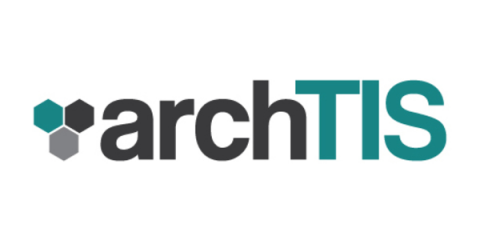Security | Threat Detection | Cyberattacks | DevSecOps | Compliance
Access Management
Is PAM dead or just evolved?
Privileged Access Management (PAM) plays a critical role in ensuring the security and integrity of organizational systems and data. The traditional approach to access management, known as Role-Based Access Control (RBAC), has faced challenges in keeping up with the dynamic nature of modern organizations. As businesses evolve and employees require timely access to resources, it becomes crucial to rethink access management strategies.
Securing Privileged Access in a Remote Work World: Challenges and Best Practices
In today's disconnected world, the task of managing privileged access has become increasingly challenging. The surge in remote work has exposed employees to new vulnerabilities as they access sensitive systems and data from unsecured networks and personal devices, making them attractive targets for cyberattacks. To combat these risks, organizations must adopt Privileged Access Management (PAM) solutions.
Solving Privileged Access Management Challenges in Microsoft 365 & SharePoint
The recent US National Guard leak has once again focused attention on the risk that overprivileged access poses. A massive intelligence breach occurred when Massachusetts US National Guardsman Jack Teixeira, an IT specialist with a top secret security clearance, accessed and printed classified files and posted them to a civilian Discord chat room. He did this after having been previously reprimanded for his mishandling of classified information.
ChatGPT and Identity Security: Breaking down the identity security risks of AI
It is fair to say that few technologies have grabbed more news headlines in 2023 than ChatGPT. As an artificial intelligence (AI) language model, ChatGPT is a powerful tool that has the potential to revolutionize multiple business areas, including, but not limited to, marketing, operations, engineering, risk management, legal and employee optimization.
Maximizing IAM security with AWS permissions boundaries and Snyk
In today's rapidly evolving cloud landscape, managing permissions and ensuring robust security controls are essential for organizations utilizing Amazon Web Services (AWS). AWS Identity and Access Management (IAM) is crucial in managing permissions to access AWS resources. While IAM provides granular control over permissions, AWS IAM permissions boundaries offer additional security and flexibility for fine-tuning access controls.
Scaling least privilege in AWS
Implementing the principle of least privilege at scale in AWS requires careful planning and a systematic approach. Here are some steps to help you achieve this.
Making Zero Trust a Reality
Zero Trust has been a concept since 2009 when Forrester first realized that traditional security models operated on the outdated assumption that everything inside an organization’s network should be trusted. 14 years later, the rule of “Never Trust, Always Verify” has never been more important, especially as data breaches continue to make headlines on a seemingly daily basis.
How to manage SAP user accounts and access rights with Identity Manager
Does your company run SAP applications? If you do, you know how difficult it can be to manage identities. Most of the time, SAP applications are siloed and run completely independently of the rest your IT environment. This makes provisioning users across your SAP and non-SAP platforms a challenge at minimum and at worst, an impossible task. One Identity Manager provides comprehensive certified integration with SAP products.











